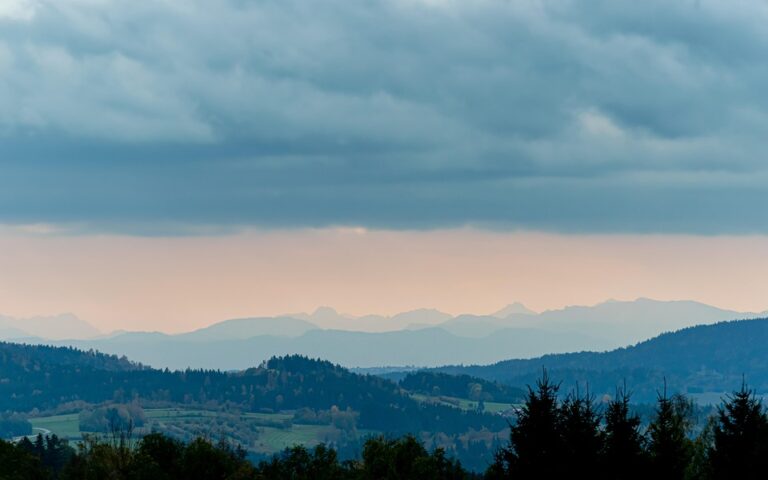Back to the Future: Exploring Retro Architecture Through Urban Exploration
Urban exploration often serves as a fascinating gateway into the past, offering a glimpse into retro architecture that many modern developments tend to overshadow. As we traverse our cities, we unearth stories hidden within decrepit walls and distressed facades, providing not just a visual feast, but a historical narrative that connects us to our roots. In this article, we will delve deeper into urban exploration, particularly how retro architecture plays a pivotal role in understanding the rich tapestry of our urban environments.
The Allure of Urban Exploration
Urban exploration is a unique subculture that invites adventurous souls to discover abandoned buildings, forgotten factories, and remnants of yesteryear. According to a 2022 survey by the Urban Exploration Society, over 60% of urban explorers are motivated by a love for history and architecture, while 45% seek thrill and excitement. Armed with cameras and an adventurous spirit, these explorers capture the essence of retro structures, preserving memories of places that are often ignored or neglected.
Why Retro Architecture Matters
Retro architecture, characterized by designs from past eras, embodies the artistry, craftsmanship, and cultural sentiments of its time. From the flamboyant Art Deco skyscrapers to the austere yet elegant Brutalism of the mid-20th century, these structures narrate stories of prosperity, decline, and often resurgence in the urban landscape. Exploring them through urban exploration allows us to appreciate the thought processes behind these designs and their significance.
- Cultural Significance: Buildings from different periods represent societal values, technological advancements, and aesthetic choices of their respective eras.
- Historical Context: Each architectural style provides context to socioeconomic conditions of the time, offering vital information about community life, economic health, and even political climates.
Examples of Retrospective Urban Explorations
One notable case is the abandoned Packard Automobile Plant in Detroit, Michigan. Once a bustling hub of automotive manufacturing, it now stands as a haunting reminder of industrial decline. Urban explorers flock to this site, drawn by its decaying yet sturdy architecture that tells the tale of a bygone prosperity. It embodies a significant piece of local history, much like the once-thriving theaters of downtown New York that now face demolition.
The Impact of Retro Architecture on Urban Exploration
Urban exploration of retro architecture serves several purposes beyond mere thrill-seeking:
-
Preservation of History: Efforts by urban explorers often lead to exposure of forgotten sites, sparking interest in their preservation. For instance, initiatives to restore mid-century diners and vintage motels have gained traction thanks to the increased visibility from urban explorations.
-
Revitalization Projects: Many urban exploration efforts have led to community movements advocating for the revitalization of retro buildings, turning them into spaces for local businesses, art galleries, and community centers.
- Education and Awareness: Exploring retro architecture educates individuals about the historical context behind these structures. It teaches respect for the craft of architecture and encourages discourse around urbanism and sustainability.
Analyzing Urban Exploration Trends
Recent studies indicate a growing interest in urban exploration, particularly among younger demographics. A 2023 analysis by the Institute for Urban Development revealed that nearly 70% of millennials expressed interest in urban exploration as a way to learn about their cities. This flourishing trend highlights a cultural shift toward valuing local history amid globalization.
Engaging with Urban Exploration Safely and Responsibly
While exploring abandoned sites is thrilling, safety and respect for private property are paramount. Here are tips for engaging in urban exploration responsibly:
- Do Your Research: Understand the history of the site, the risks involved, and any legal restrictions.
- Go with a Partner: Exploring with friends enhances safety and enriches the experience, allowing for shared insights and perspectives.
- Document Respectfully: Capture the beauty of retro architecture, but avoid vandalism or any actions that may harm the locations.
Multimedia Elements to Enhance Your Experience
For this exploration, consider incorporating visual assets:
- Image 1: A haunting photograph of the Packard Plant, showcasing its robust yet crumbling structure. Alt text: Urban Exploration of Packard Plant’s Retro Architecture
- Image 2: A vibrant shot of a retro diner, preserved beautifully amidst urban decay. Alt text: Retro Architecture in Urban Exploration
Conclusion: Back to the Future
Urban exploration serves as both a captivating adventure and a means to preserve retro architecture. As we explore our surroundings, we don’t just discover buildings; we uplift the stories woven into their very fabric. The past invites us in, urging future generations to appreciate the artistry, culture, and history encapsulated in these timeless structures.
For further reading on urban exploration, visit these articles on Buzzo.live:
- The Rise of Abandoned Places: A Guide to Urban Exploration
- How Urban Exploration Is Changing Local Communities
And for a deeper understanding of architectural history, check out these reputable sources:
With an ever-growing community of urban explorers, the past continues to inform our present and shape our future. Through urban exploration, we can cherish and protect the rich architectural heritage of our cities.


